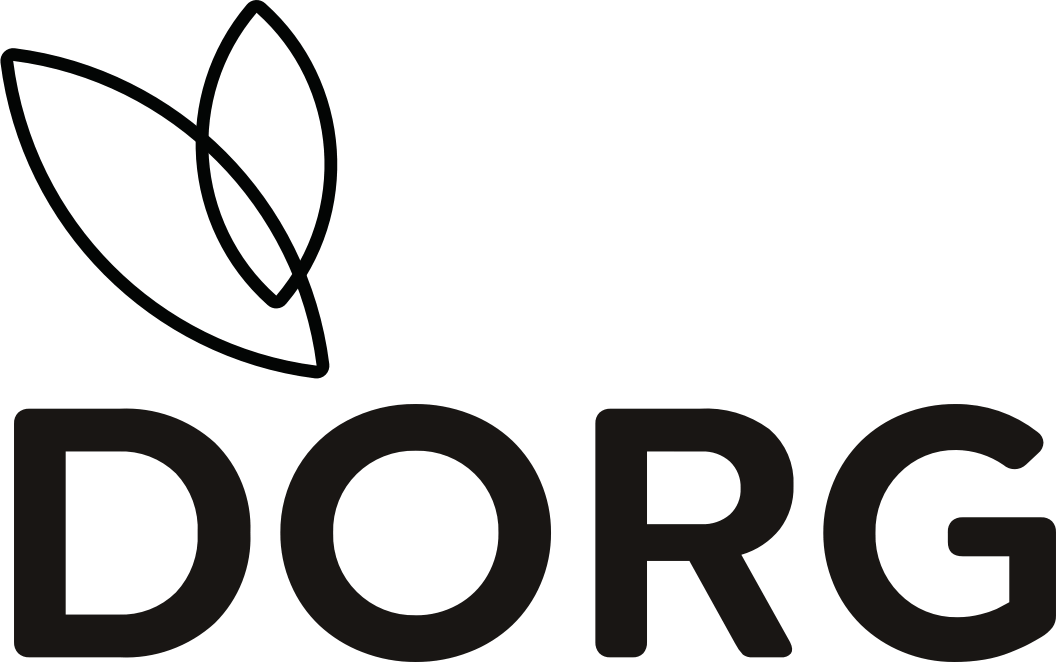Soprannominata “la soluzione medica francese alla perdita di peso permanente”, la dieta Dukan è il massimo in termini di alimentazione prescrittiva, con soli 72 alimenti tra cui scegliere nella prima fase. I carboidrati sono il nemico, anche quando si presentano nella forma di frutta e verdura.
Il piano di Pierre Dukan ad alto contenuto proteico e basso contenuto di carboidrati è stato pubblicato per la prima volta in Francia nel 2000 con il nome ‘Je ne sais pas maigrir’ (non so come perdere peso). Solo nel 2010 il movimento di Dukan ha raggiunto il Regno Unito ed è stato rinominato come dieta Dukan. Nonostante gran parte della popolazione più giovane e informata tendesse già a un’alimentazione priva di carboidrati, la dieta Dukan ha scavato una breccia nel mercato della perdita di peso miracolosa spintonando tra la folla con un piccolo aiuto di alcuni fan abbastanza noti. Kate Middleton, nella corsa verso il suo matrimonio reale, ha infatti due taglie seguendo il metodo di Dukan.
Pierre Dukan ha iniziato la sua carriera medica specializzandosi in neurologia, ma presumibilmente è passato alla nutrizione dopo aver raccomandato una dieta ad alto contenuto proteico a un amico che voleva disperatamente perdere peso. Così impressionato dalla rapida riduzione delle dimensioni del suo amico, Dukan si è imbarcato nello sviluppo e nella ricerca della dieta che alla fine lo avrebbe reso un nome familiare in tutto il mondo. Ad oggi, il libro sulla dieta di Dukan ha venduto più di otto milioni di copie ed è stato tradotto in 14 lingue diverse.
Non senza polemiche però: il piano di perdita di peso di Dukan è stato oggetto di critiche da parte dei professionisti della salute, molti credendo che la dieta promuove un modo squilibrato di mangiare. Negli ultimi anni, le controverse affermazioni di Pierre Dukan hanno portato anche un’attenzione indesiderata sul marchio Dukan.

La dieta originale
La dieta originale Dukan è simile a una dieta chetogenica, poiché entrambe promuovono il consumo di grassi e proteine, ma tagliano i carboidrati. Il corpo si rivolge ai depositi di glicogeno (carboidrati) per l’energia in primo luogo se le forniture sono abbondanti. Le diete chetogeniche essenzialmente costringono il corpo a passare dal bruciare i carboidrati al bruciare i grassi per produrre energia. Questo ha spesso l’effetto desiderato della perdita di peso, anche se alti livelli di chetoni nel corpo possono essere problematici e possono portare ad uno stato noto come chetosi.
Le quattro fasi della dieta Dukan
1. Fase di attacco
Questa prima fase dura tra i cinque e i dieci giorni e promette risultati immediati. Le persone a dieta hanno 72 alimenti ad alto contenuto proteico tra cui scegliere, senza alcun tipo di carboidrati ammessi.
2. Fase di crociera
Mentre i giorni di proteine pure sono ancora incoraggiati, i carboidrati vengono lentamente reintrodotti sotto forma di 28 verdure pre-approvate. I dukanisti rimangono in questa fase fino a quando non hanno raggiunto il loro “peso obiettivo”.
3. Fase di consolidamento
Gli alimenti precedentemente proibiti, come la frutta e i latticini, vengono gradualmente reintrodotti. Ai seguaci vengono addirittura concessi due “pasti celebrativi” a settimana, dove è permesso loro di mangiare quasi tutto quello che vogliono (ma alcune restrizioni sono ancora in vigore).
4. Fase di stabilizzazione
Se siete riusciti a reintrodurre i carboidrati nella vostra vita senza rimettere peso, potete entrare con compiacimento nella fase 4 e sbloccare le “regole per la vita”.
La durata della dieta dipende dal peso attuale, dalla forma fisica e dal peso obiettivo desiderato.

La dieta Dukan 2
Dopo lo sviluppo della dieta originale Dukan, è stato formulato un secondo programma che in sostanza riflette la fase di consolidamento originale. Dukan 2 prevede sette fasi – ogni fase rappresenta l’inclusione dietetica di un gruppo alimentare. Le fasi uno e due comportano il consumo di quantità illimitate di 100 alimenti consentiti, che includono proteine naturali (prima fase) e verdure (seconda fase). Le fasi successive prevedono l’aggiunta graduale di frutta, pane, formaggio e altri amidi, come la pasta.
Durante la fase iniziale, molto restrittiva, ci si può aspettare di perdere peso abbastanza rapidamente, il che naturalmente funge da grande motivazione. La dieta è particolarmente attraente per coloro che non amano contare le calorie e preferiscono un modo più prescrittivo di mangiare perché stabilisce esattamente ciò che si può avere.
A differenza di Atkins, la dieta Dukan limita i grassi ed esclude completamente le verdure nella prima fase, con una graduale reintroduzione di frutta, verdura e carboidrati nelle fasi successive della dieta. Alcuni rapporti suggeriscono che la fase di stabilizzazione – l’ultima delle quattro fasi – è quella che causa più problemi. Questo perché è difficile reintrodurre una selezione più ampia di alimenti, senza rimettere su peso, e molti seguaci hanno difficoltà ad attenersi alla “giornata delle proteine” settimanale dedicata.
C’è un limitato supporto scientifico sul fatto che la dieta Dukan sia efficace e sostenibile a lungo termine, quindi, anche se ci si può aspettare di perdere peso nelle fasi iniziali molto rigorose della dieta, la maggior parte va avanti per riguadagnare il peso che ha perso originariamente. Un sondaggio suggerisce che l’80% delle persone riacquista il peso in un periodo di oltre 4 anni.
Ancora più importante, però, la dieta ignora i principi fondamentali dell’alimentazione sana – tra cui l’importanza di frutta e verdura, i benefici dei cereali integrali e delle fibre e i benefici per la salute ottenuti selezionando da una varietà di gruppi di alimenti. Per questi motivi è probabile che la dieta sia squilibrata dal punto di vista nutrizionale. Si può sostenere che la Dukan Diet 2 tenti di affrontare la questione dello squilibrio nutrizionale introducendo una più ampia inclusione dei gruppi di alimenti consentiti e un periodo di tempo più breve. La perdita di peso come risultato si dice sia più lenta e graduale, richiedendo un impegno a più lungo termine per il piano.

Effetti collaterali
Come risultato di seguire un regime alimentare restrittivo, a basso contenuto di carboidrati, le persone a dieta persone possono a volte sperimentare alcuni o tutti tra i sintomi che seguono:
- Mancanza di energia, stanchezza e vertigini a causa dei bassi livelli di carboidrati
- Alito cattivo e bocca secca
- Stitichezza e potenziali problemi intestinali a causa dei bassi livelli di fibre
- Carenze di nutrienti a causa della scelta limitata degli alimenti
- Successivo aumento di peso, in particolare intorno alla vita
Si prega di notare, se si sta pensando di tentare qualsiasi forma di dieta, che è preliminarmente necessario consultare il proprio medico di famiglia per assicurarsi di poterlo fare senza rischi per la salute.




